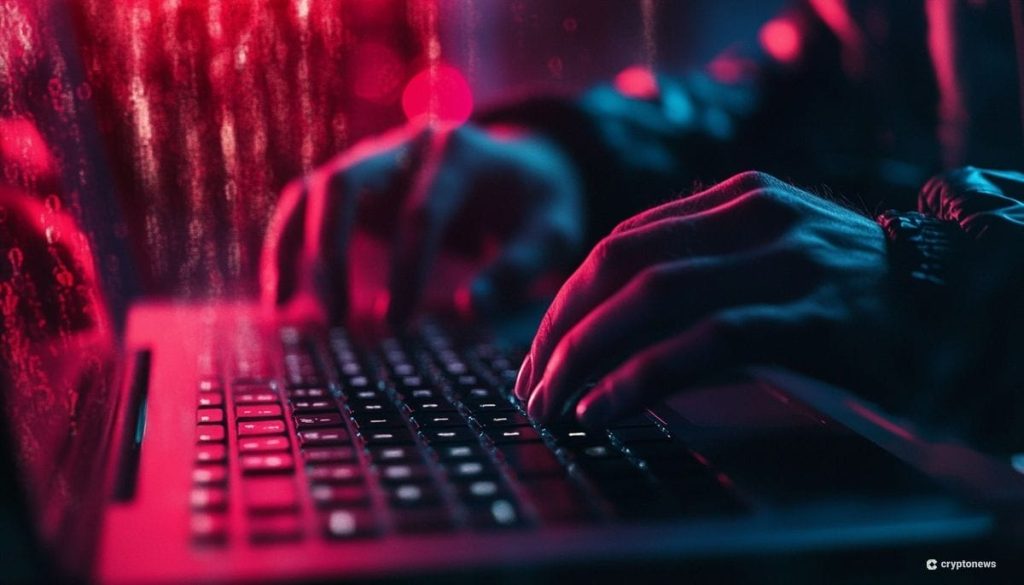Polygon’s Discord server was recently hijacked by hackers posing as support agents and disseminating malicious links, causing concern among community members. Mudit Gupta, the Chief Information Security Officer at Polygon, confirmed the incident and assured that it has been resolved. The breach involved the scammers flooding the support channel with scam links while pretending to be helpful agents. One community member, known as ValidatorK, reported a loss of $150,000 in Ether (ETH) after following what appeared to be an official announcement. Despite Gupta’s assurance that two-factor authentication (2FA) was enabled for all privileged accounts, the breach raised questions about Polygon’s security protocols. This incident occurred as Polygon was gearing up for a significant network upgrade, transitioning from MATIC to POL token.
Discord hacks are becoming increasingly problematic within the cryptocurrency community, where Discord serves as a primary communication tool. These channels are often repositories of critical information and asset management tools, making them attractive targets for cybercriminals. Similar incidents have occurred earlier this year with other popular crypto platforms, such as Arbitrum and Gnus.AI. The increase in Discord hacks highlights the growing threat of cybercriminal activity targeting cryptocurrency communities. The breach on Polygon’s Discord server underscores the importance of robust security measures and vigilance in safeguarding sensitive information and assets.
A Chainalysis report released on August 15 revealed a decline in overall illicit cryptocurrency transactions in 2024, despite a surge in specific types of criminal activities within the sector. The report highlighted an increase in hacking and ransomware attacks, which resulted in a rise in the value of stolen cryptocurrencies. By the end of July, the cumulative value of stolen cryptocurrencies had reached $1.58 billion, reflecting an 84% increase compared to the same period in 2023. While the number of hacking incidents only saw a slight increase year-over-year, the average value stolen per hack significantly rose. In July alone, hackers stole approximately $266 million through 16 separate breaches, causing substantial losses in the crypto sector.
One notable incident was the July 18 attack on Indian crypto exchange WazirX, which accounted for over $230 million, or 86.4%, of the total losses for that month. The rise in hacking and ransomware attacks underscores the need for enhanced cybersecurity measures and protocols within the cryptocurrency industry. As cybercriminals continue to refine their tactics and target vulnerabilities within digital asset platforms, companies must prioritize security to protect their users and assets. The Chainalysis report serves as a reminder of the ongoing threat posed by illicit activities in the crypto space and the importance of proactive measures to counter these risks.
The decline in overall illicit cryptocurrency transactions in 2024, as indicated by the Chainalysis report, suggests progress in combating criminal activities within the sector. However, the increase in specific types of cybercrimes, such as hacking and ransomware attacks, highlights the evolving nature of threats faced by the crypto industry. Companies and individuals operating in the digital asset space must remain vigilant and implement robust security measures to mitigate risks and safeguard against potential breaches. The report serves as a valuable resource for understanding key trends and challenges in the crypto crime landscape, enabling stakeholders to adapt and strengthen their defenses in response to emerging threats.
In conclusion, the recent breach on Polygon’s Discord server and the insights from the Chainalysis report underscore the importance of cybersecurity measures and vigilance in the cryptocurrency industry. With cybercriminals targeting digital asset platforms and communities with increasingly sophisticated tactics, it is imperative for companies and individuals to prioritize security and adopt best practices to protect against breaches and theft. The incidents highlight the need for continuous monitoring, regular security assessments, and proactive measures to mitigate risks and safeguard assets. By staying informed about emerging threats and taking appropriate precautions, stakeholders can defend against illicit activities and contribute to a more secure crypto ecosystem.


